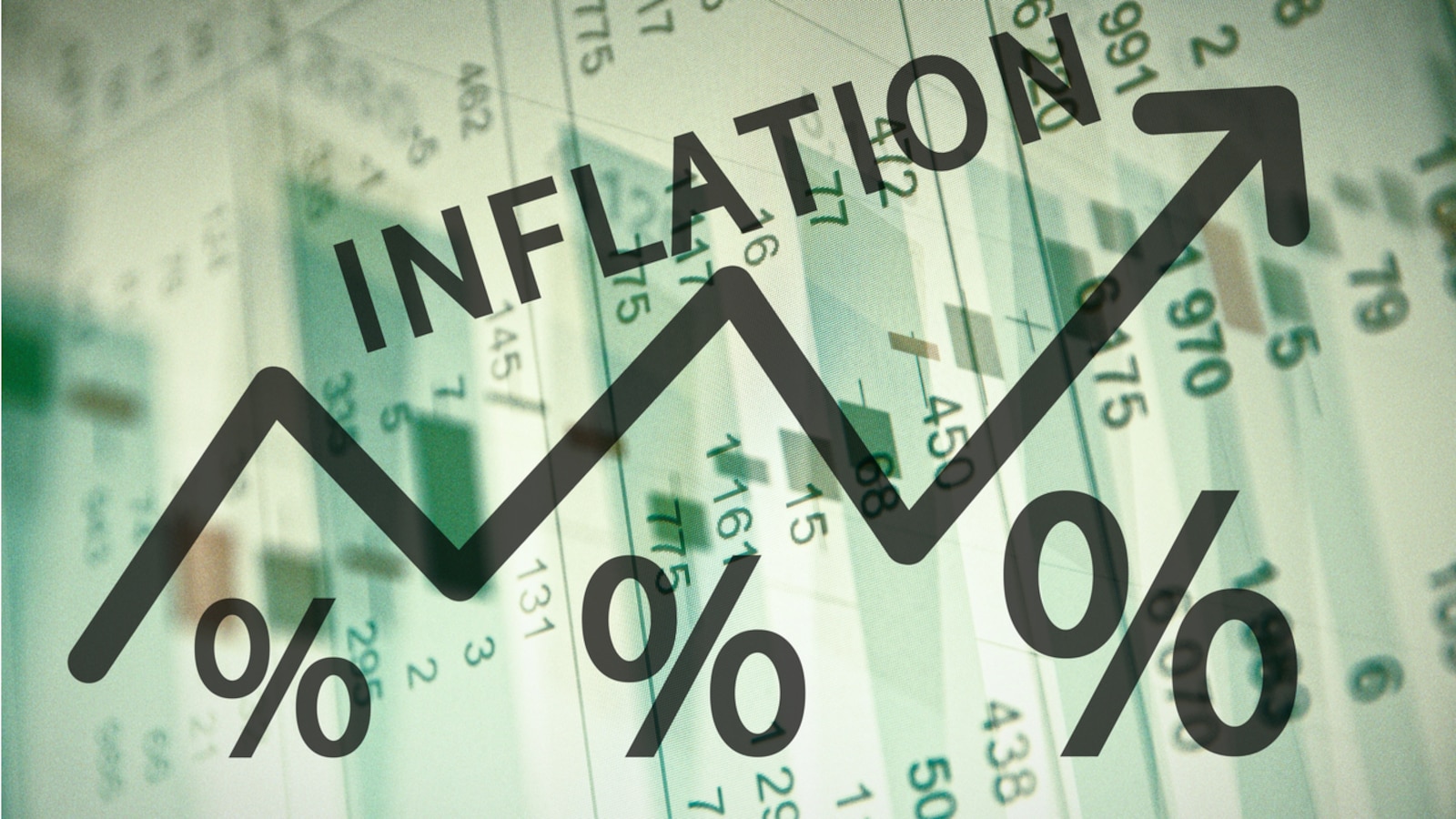According to former Deputy Governor of the Reserve Bank of India, Viral Acharya, the current trajectory of inflation in India can be linked to the pricing power of five large corporations, or the “Big 5.” The premise, however, is faulty since Indian inflation differs from the rest of the globe and is driven by food price increases. While corporate pricing power exists, it is limited, and the amount to which it contributes to overall inflation remains controversial.

The factor of food price inflation
The disparity in inflation rates between India and the West is not new:
- Inflationary Surge in India: Following the 2008 global financial crisis, Indian inflation skyrocketed greater than that of the US and UK economies, owing to food price inflation induced by negative agricultural shocks and high procurement price hikes.
- Food-price inflation tends to feed into core inflation, so concluding that Indian inflation is higher than the West today due to corporate pricing power would be premature.
- Food price inflation: Evidence demonstrates that food price inflation influences core inflation in India, and food price inflation enters non-agricultural sector expenses.
Corporate pricing power in India:
- Corporate pricing power and overall inflation: Corporate pricing power exists in Indian industry, but the extent to which it drives overall inflation in India is debatable. The question is how much corporate power is driving inflation beyond its obvious role in elevating the price level.
- Food prices: Measuring inflation without taking food prices into account excludes what matters most to the public, as opposed to central bankers.
- Inflation control plan: India’s inflation control strategy must handle the difficulty of guaranteeing inexpensive food production.
When WP inflation is compared to CP inflation
- Comparing WP inflation to CP inflation admits to a mismatch.
- The commodities basket equivalent to CP contains products not included in the wholesale price index, so we’d be comparing apples to oranges.
The argument is based on a short time period
- WP inflation has slowed significantly in the six months leading up to March 2023, while CP inflation has not. A discrepancy between WP and CP inflations, on the other hand, is not new.
- So, firms in the retail sector maintaining strong price rises even after wholesale price inflation has dropped in 2022-23 may simply be a compensating mechanism, i.e., growing input costs in the retail sector are being passed on with a lag.
The current technique for inflation management
- Food prices have risen significantly: Food prices in India have only climbed, and the rate of inflation has been extremely high in recent years. Since 1991, the true price of food, i.e. its price relative to the overall price level, has risen significantly.
- What is most important to the public must be considered: In this context, measuring inflation without taking food prices into account is excluding what matters most to the general populace, as opposed to central bankers.
- Current policy is limited to manipulating interest rates to reduce aggregate demand: India’s current inflation-control policy consists of using interest rates to decrease aggregate demand. This technique avoids addressing the issue of ensuring affordable food production.
- The RBI’s ability to control inflation is called into question: The RBI has been unable to manage even core inflation, which is considered to be controllable by central banks. In India, a recent intervention addressing core inflation showed the RBI’s incapacity to control inflation.
@the end
Inflation is only discussed in terms of core inflation, which excludes food and fuel price inflation because these costs vary and level out the changes, therefore it is considered that they do not necessitate a policy response. However, in the case of India’s economy, this assumption is erroneous because food and fuel prices have a substantial impact on the economy and people’s livelihoods. As a result, restricting the discussion to core inflation ignores the significance of corporate pricing power and the economic impact of food and fuel prices.
Shttps://www.thehindu.com/opinion/op-ed/inflation-control-needs-another-model/article65382090.ece
